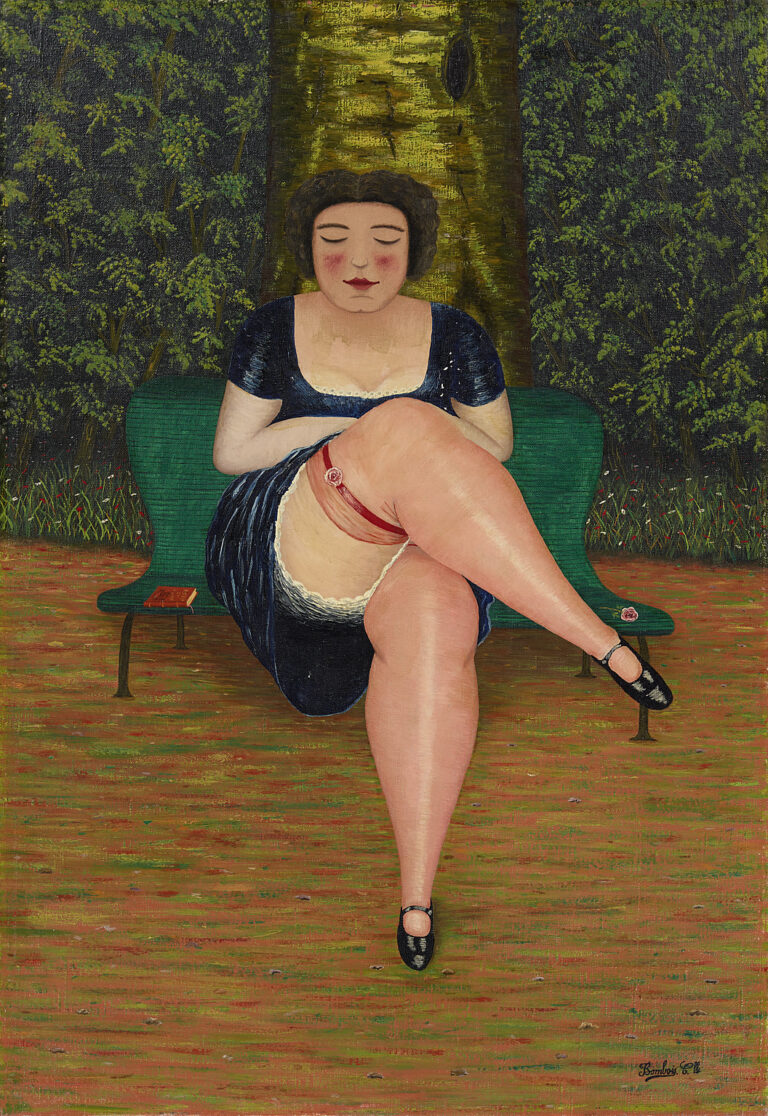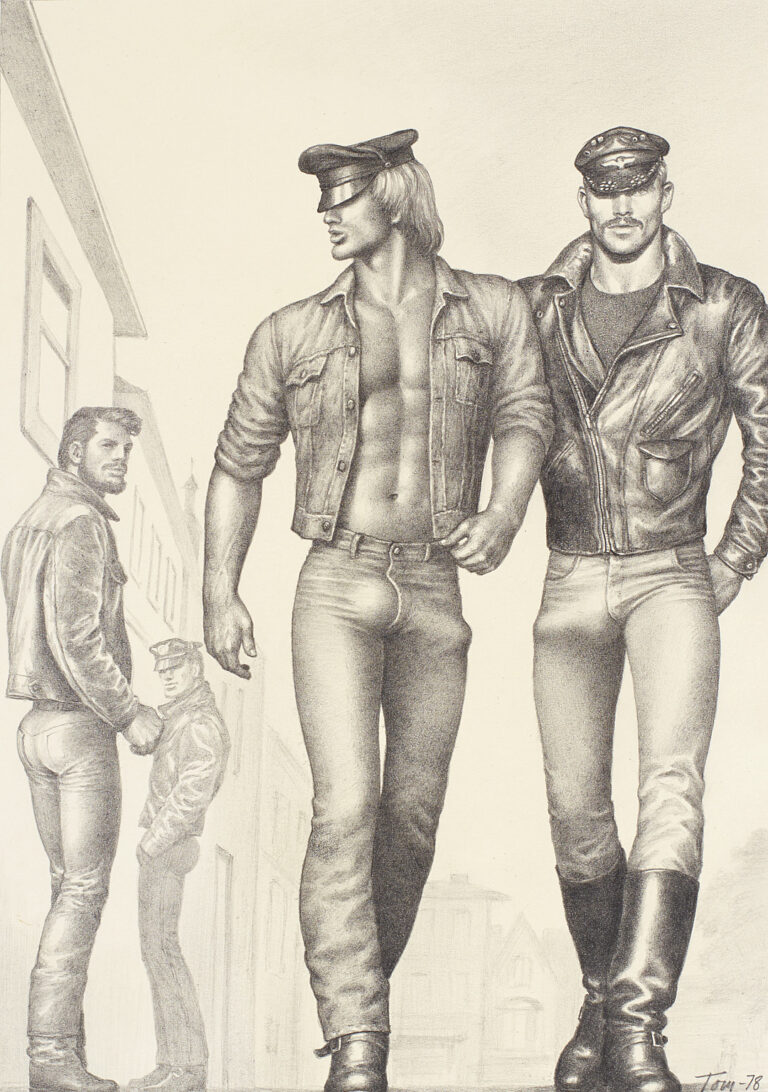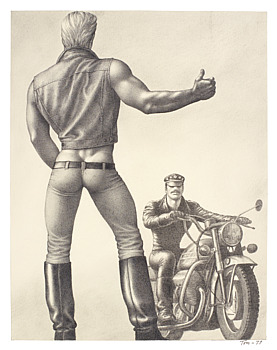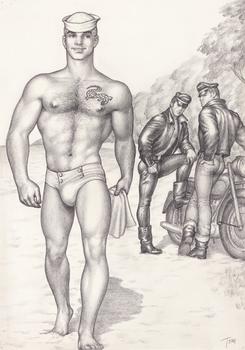Bombois by Anholt
With works by Andriu Deplazes, Camille Bombois, Catherine Anholt, Emmanuel Bornstein, Esther Pearl Watson, Georgina Gratrix, Hortensia Mi Kafchin, Ian Davis,Louis Fratino, Magdalena Shummer-Fangor, Minyoung Kim, Ryan Mosley, Sara Anstis, Simphiwe Ndzube, Thomas Delaroziere, Tom Anholt
2 MAY until 14 JUN 2025
Opening – 2 MAY 2025, 6-9 pm
At Potsdamer Strasse 83
10785 Berlin

Esther Pearl Watson
This Radio Frequency Has Already Drifted Into the Past, 2023
acrylic, graphite, and glitter on canvas
102 x 152 cm
Courtesy of the artist and Vielmetter Los Angeles
Photo: Jeff McLane
Camille Bombois (French, 1883–1970) is one of the most storied unknowns of French art in the 20th century. A weightlifter and wrestler, who performed in the circus, and tugged boats for a living, he became a self-taught painter at an advanced age. He sold his paintings, mostly small formats, on the banks of the Seine in Paris. In 1924, the famous art critic and dealer Wilhelm Uhde took notice of Bombois – allegedly after receiving a hint from his friend Pablo Picasso – and helped him to his first gallery appearance. By 1938, Bombois was canonical enough to be included in “Masters of Popular painting”, a momentous group exhibtion in New York’s MoMA. And in 1955, his work was presented at the “documenta 1” in Kassel. It was the modernity and individuality of expression that had captivated Picasso and his peers – and it has not lost its fascination to this day.
Tom Anholt decided to invite other artists, friends and admired ones, to revisit Bombois – and to create a conversation between Bombois holdings of Galerie Judin and contemporary responses.

Camille Bombois
La jarretière rouge, 1928
oil on canvas
73.4 x 50.7 cm
Copyright VG Bild-Kunst, Bonn, 2025
Courtesy Galerie Judin, Berlin
Photo: Highlevel, Berlin

Sara Anstis
The Lamp, 2025
pastel on paper
34 x 26.1 cm
Courtesy of the Artist and Kasmin
Photo: Trevor Good
„Bombois was a farm laborer and a circus strongman, and these are muscular, workman-like paintings.
He knows he’s good, so his paintings are confident, but he’s not afraid to fail, so they’re charmingly flawed.“
Tom Anholt, curator of the exhibition
Tom of Finland
2 MAY until 14 JUN 2025
Opening – 2 MAY, 6-9 pm
At Die Tankstelle – Bülowstraße 18, 10783 Berlin
For the inauguration of Die Tankstelle, Galerie Judin will present some 25 masterpieces by Tom of Finland.

Tom of Finland
Untitled
1978
graphite on paper
40 x 29.6 cm
TOF/D 119
TOM OF FINLAND © 1978-2025 Tom of Finland Foundation / Courtesy Galerie Judin, Berlin
Tom of Finland is embedded in our cultural and visual memory with his drawings. As one of the most influential artists of the 20th century, he easily combines various superlatives. Tom of Finland is an icon of the gay movement, of fashion and fetish, of art history, and of pop culture in particular. His legacy is enduring, having inspired the likes of David Hockney and Jean Paul Gautier, Freddie Mercury and Robert Mapplethorpe – and many others to this day.
It is easy to forget the real person and the story behind the pseudonym: Touko Laaksonen, born in Finland in 1920, started out as a musician, turned into a successful commercial artist and, from the 1940s onwards, created the work we associate with him today as a sideline. The need of a pseudonym reflects not least the illegality at that time of his explicit depictions of gay sex. It was only in later years that Tom was able to devote himself fully to his art making.
Tom of Finland’s powerful, handsome, proud gay men established a new prototype of physical and mental, almost unattainable, perfection. To this day, it remains a powerful endorsement of self-confidence and sexual selfdetermination, far beyond queer circles.

Tom of Finland
Untitled (Peter Berlin)
1977
graphite on paper
40 x 31.2 cm
TOF/D 123
TOM OF FINLAND © 1977-2025 Tom of Finland Foundation / Courtesy Galerie Judin, Berlin

Tom of Finland
Untitled (From “The Tattooed Sailor”)
1962
graphite on paper
29.5 x 20.9 cm
TOF/D 562
TOM OF FINLAND © 1962-2025 Tom of Finland Foundation / Courtesy Galerie Judin, Berlin
From today’s perspective, not every aspect of what was undeniably progressive back then meets our modern-day standards. The diversity and inclusivity that we have come to live and presuppose in society today can be found in Tom of Finland’s visual personnel only to a lesser extent. The fact that we see his relative homogeneity critically today is not least due to the pioneering emancipatory work of the artist himself. Especially at a time when the achievements of liberal societies are threatened by political extremes, this must nevertheless be addressed. Like Tom himself once did in another respect, it is important to articulate what this discussion is about: it is not specifically about queer rights. No, it is fundamentally about non-negotiable human rights.
Coinciding with Gallery Weekend Berlin, Tom of Finland is one of two inaugural exhibitions for Die Tankstelle, a new collaborative art space shared by Galerie Judin and Pace, which will house galleries, offices, and an adjacent cafe and bookshop. In a complementary presentation, Pace will showcase an exhibition dedicated to works by Jean Dubuffet, Jean-Michel Basquiat, and Robert Nava.
